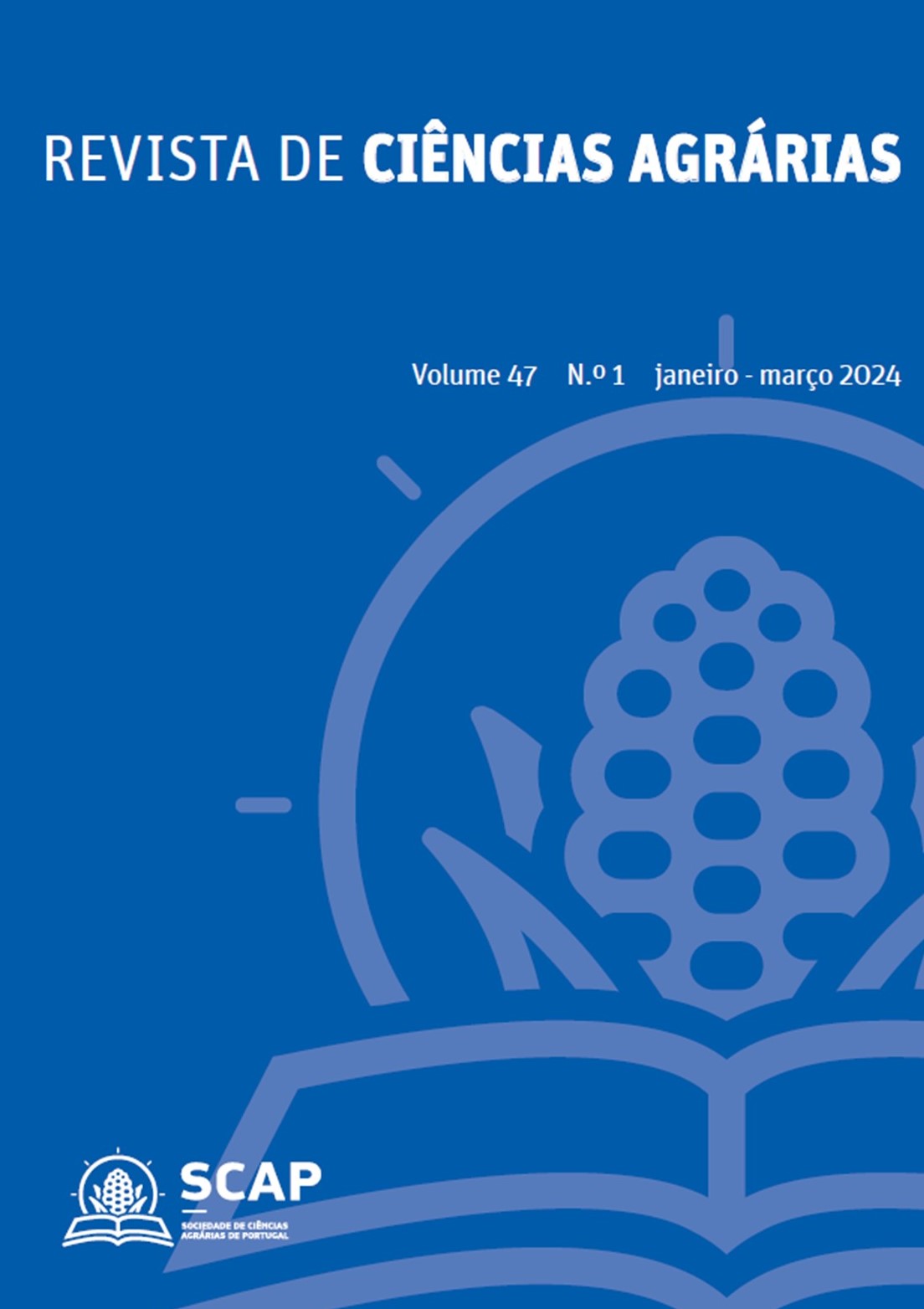Bioindicator plants. Autumn emergency with different soil management
DOI:
https://doi.org/10.19084/rca.35125Abstract
Based by the concept that the distribution of seeds is universal and that a seed only germinates when the conditions are favourable for germination, the type of soil can be characterized based on the present flora. The plants that caracterize a soil are called “bioindicators plants.” A trial was carried out in Sartaguda (Navarra); 4 plots of 1 m2 were subjected to different conditions: reference plot, contribution of organic fertilizer, contribution of abundant irrigation and extreme drought (with a plastic cover). In all plots, the adventitia was allowed to grow naturally to be identified and counted. The trial started on November 18, 2021 and the assessment was carried out on May 11. Plantago lanceolata is much more abundant with irrigation. Stellaria media is less abundant when there is excess water or excess nitrogen. Veronica sp. is less abundant with excess water, extreme drought or excess nitrogen. Poa annua and Medicago sp. emergenced less with excess nitrogen, however, Urtica urens, Capsella bursa-pastoris and even Sisymbrium sp. are more abundant in those conditions. Chenopodium album, although is not exactly a winter species, is more abundant with water and abundant N.


